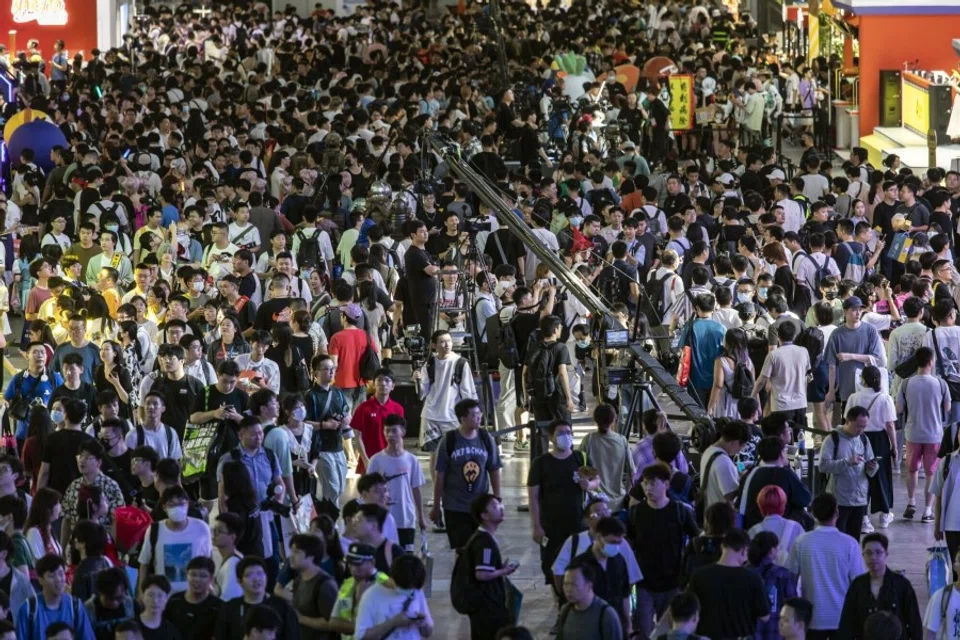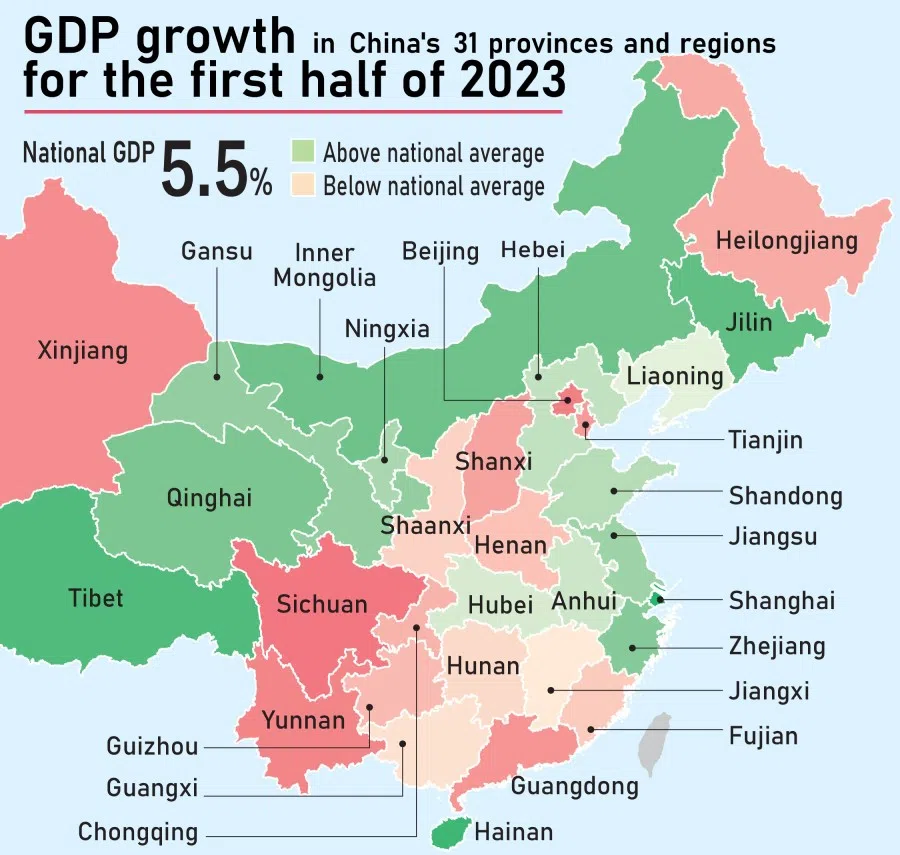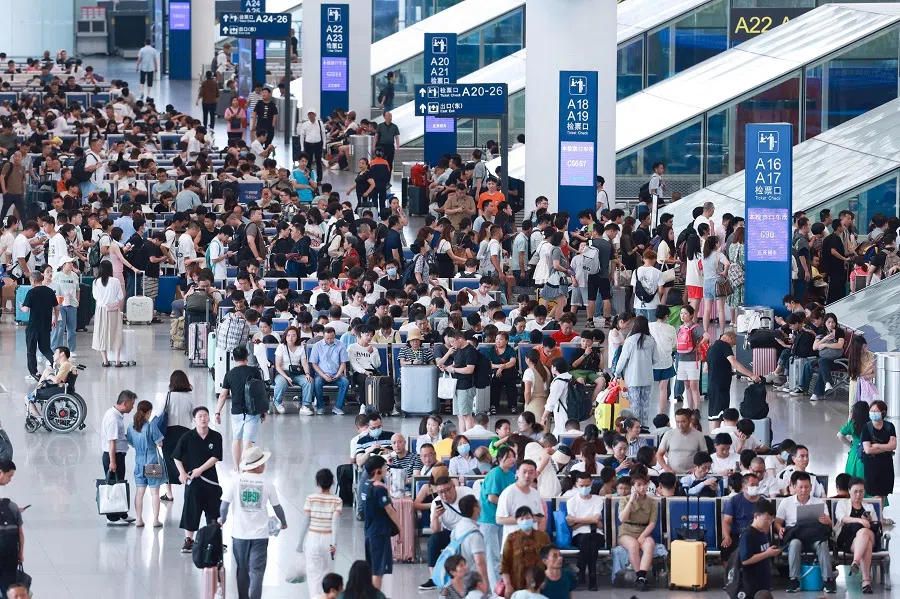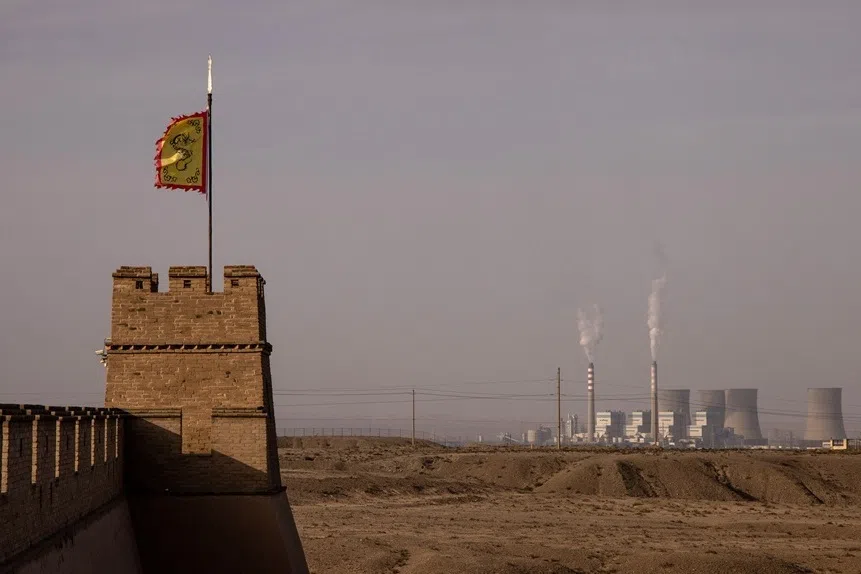China's first half GDP growth: Has the economy bottomed out?
While the latest economic data from China show encouraging GDP growth, taken in context, many provinces are actually seeing slower growth as compared with the first quarter of this year. Lianhe Zaobao journalist Li Kang examines the figures and speaks to economists to find out more.

China released the economic data for the first half of the year for its 31 provinces, municipalities and autonomous regions on 30 July. In most provinces, the growth rate for the first half of 2023 was higher than the first quarter.
However, due to the low base in the second quarter of 2022 as a result of the impact of the pandemic, analysts believe that the average GDP growth rate for the first half of 2023 and 2022 is more reflective of actual growth. In that case, the average growth rates in most provinces actually declined compared with the first quarter of 2023.
Average growth rate for past two years reflects actual level
Overall, based on China's GDP growth of 5.5% year-on-year in the first half of the year, 15 provinces surpassed the national average, with Shanghai leading the way at 9.7%, followed by Hainan and Tibet at 8.6% and 8.4% respectively.
Lianhe Zaobao found that when averaging the growth rates for the first half of 2022 and 2023, only seven provinces had GDP growth rates higher than the first quarter of this year...

Beijing and Sichuan matched the national average, while the other 14 provinces had growth rates below 5.5%, with Guangxi and Jiangxi at below 3%.
Tommy Xie, head of Greater China Research & Strategy at OCBC Bank, said that given the low base due to the impact of the pandemic on China's economy last year, the average GDP growth rate of each province for the first half of this year and 2022 is more reflective of actual growth.
Lianhe Zaobao found that when averaging the growth rates for the first half of 2022 and 2023, only seven provinces had GDP growth rates higher than the first quarter of this year: Inner Mongolia (5.8%), Shandong (4.9%), Sichuan (4.15%), Xinjiang (5.0%), Guizhou (4.45%), Fujian (4.2%) and Jiangxi (3.65%). The growth rates of the remaining provinces showed a decline.
As for Shanghai, the GDP growth rate over the two years - 9.7% and -5.7% for the first half of this and last year respectively - averaged 2%, which is actually lower than the 3% growth rate in the first quarter of this year.

Notably, while the GDP growth rates of Sichuan, Xinjiang, Guizhou, Fujian and Jiangxi were below the national average in the first half of this year, their average growth rates for the first half of 2022 and 2023 were higher compared with the first quarter of 2023.
Impact of property and tourism sectors
As for Shanghai, the GDP growth rate over the two years - 9.7% and -5.7% for the first half of this and last year respectively - averaged 2%, which is actually lower than the 3% growth rate in the first quarter of this year.
Xie believes that the slowdown in GDP growth in most provinces reflects broader trends in China's economy. Affected by foreign trade pressures, the lack of domestic effective demand, and especially the real estate slump, China's economy began to lose some momentum in the second quarter of this year.
China's property market briefly rebounded earlier this year due to the release of pent-up demand, with new-homes sales jumping 7.1% year-on-year in the first quarter. However, the drop in property investment since April, coupled with declining sales, in turn affected China's second quarter economic data.
In terms of regions, Hainan recorded the second highest GDP growth rate in the country in the first half of this year. Its average growth rate for the first half of 2022 and 2023 was 5.1%.
Assistant Professor Lu Xi of the Lee Kuan Yew School of Public Policy at the National University of Singapore analysed that Hainan's growth is largely the result of policy preferences and support for the service industry and free trade ports.
Official statistics showed that since the central government announced its support for Hainan's construction of a pilot free trade zone in 2018, the province has recorded an average annual growth of 5.3% over the past five years. In the first half of this year, the number of inbound tourists to Hainan and its tourism revenue increased by 32.8% and 42.4% year-on-year respectively.
Industrial chains moving west
The western regions of Tibet, Inner Mongolia, Qinghai, Sichuan and Chongqing also recorded an average growth rate of more than 4% for the first half of 2022 and 2023. Among them, Tibet and Inner Mongolia even reached 6.6% and 5.8% respectively.
"I think that the economy has bottomed out in the second quarter and will improve from the second half of the year, in terms of both the two-year annual average and month-on-month growth rates." - Tommy Xie, head of Greater China Research & Strategy at OCBC Bank

Xie believes that while policy preferences have a part to play in the western regions recording a higher growth rate than the national average, it also reflects that some industrial chains are moving there, and that they have the capacity to undertake it.
The Politburo of the Chinese Communist Party met last week to lay down the plans for China's economic work for the second half of the year, and signalled further adjustments to the restrictions in the property sector and pledges to boost consumption. On 31 July, China's National Development and Reform Commission also released a policy document containing 20 measures to restore and expand consumption.
Xie observed that market sentiment has recovered significantly amid the series of policy stimulus in July. Also, with the destocking cycle coming to an end in the third quarter, the economy could see a boost.
He said, "I think that the economy has bottomed out in the second quarter and will improve from the second half of the year, in terms of both the two-year annual average and month-on-month growth rates."
This article was first published in Lianhe Zaobao as "中国31省上半年GDP出炉 分析:大部分省份实际增幅放缓".





